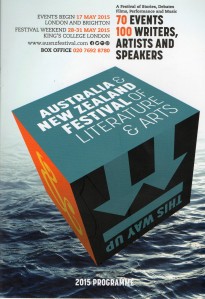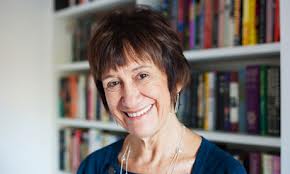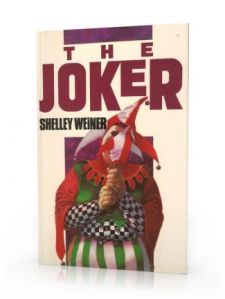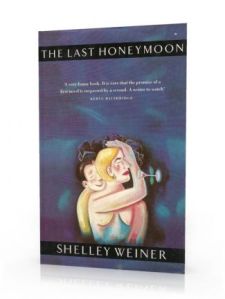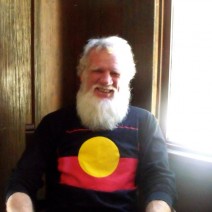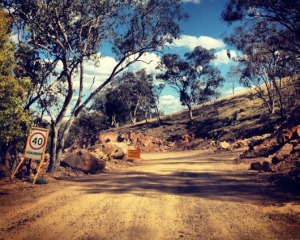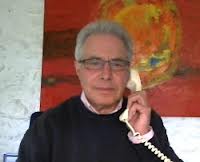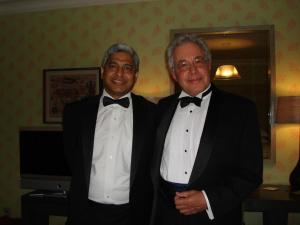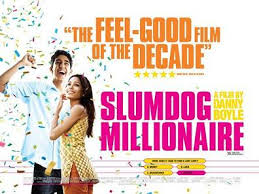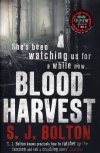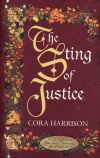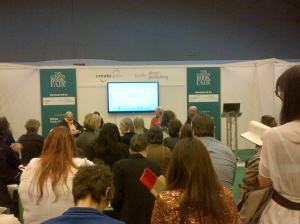As promised to the gentle folk at the Society of Genealogists on Saturday’s workshop on self publishing, here are my notes, posted in two parts.
WHERE I am coming from
What I know about self publishing comes from hard-earned experience publishing my book The Worst Country in the World, which after six years of writing (on and off) evolved into a hybrid mix of family history, early colonial Australian history, memoir and novel. For that reason alone I did not attempt to get it traditionally published. (Nor I realise would any publisher want to take on a book that is not likely to be a mass seller.)
Having read up everything I could find on self publishing and sent off for and received quotes that would entail taking out a mortgage, I decided to do everything myself: convert the book into ebook and design the paperback. The only things I paid for were for editing and cover design. (This not necessarily a path I would recommend unless you have plenty of time and endless patience.)

WHAT is self publishing?
Self publishing is ideal for family historians for the following reasons:
- You get to control everything:
- You can write the book you want to write
- You can choose exactly how you want it to look
- You can spend as much or as little as you want to
- It doesn’t matter if you’re only expecting to sell a few copies
Print on Demand (POD), which means your manuscript is stored on some electronic device and only printed out when someone orders it, has revolutionised the publishing business. The unit cost of a book is the same whether you order one copy or five hundred. No book goes out of print, and there is no wastage.
However whether or not you decide to buy in professional services or advice it’s important to have a clear idea of what you are looking for with your book. There are sharks out there who are only too happy to charge a small fortune for not very much indeed.
Having done a lot of asking around two companies cropped up frequently, known to offer an efficient, professional and trustworthy service.
-
MATADOR: troubador.co.uk/matador.asp
-
SILVERWOOD www.silverwoodbooks.co.uk/packages
Matador’s charges are (according to Choosing a Self-Publishing Service, published by ALLi)
- Setup, including ISBN, barcode, custom cover design: £680
- Ebook conversion: £150
- Copy edit: £390
- Proofread: £340
They do not provide editors, but they do offer marketing and the possibility of getting your book into bookshops (apparently).
SilverWood’s charges are similar, though I’m told they offer a slightly more personal service, and they don’t take on every book.
Also worth considering:
- PYNTO: pynto.com
A husband and wife team who offer cover design (at £240), book interior design, setting up of websites, marketing etc.
At the high end of the market:
- LIFELINES PRESS: lifelinespress.com
A bespoke, personal service for print books only, offering everything from ghost writing to editing to the end production of a beautiful work of art, printed on paper of your choice, handbound in leather or anything else you choose.
Before you approach any of these companies however:
What you need to think of
EDITING: Every writer needs an editor no matter how experienced or successful they are. There are three main types of editor:
- Structural edit – checking for clarity, over-writing, under-writing, repetition, overall structure
- Copy editing – line by line checking for grammar, clumsy writing, repetition, clarity
- Proof reading – checking for mistakes and typos
There is a certain amount of blurring between these three tasks, but do not expect an editor to proofread your book. It is not his/her job. She/he may correct mistakes if they spot them but it is a different process altogether, and one a sharp-eyed friend might be able to do for you (as she did in my case).
For editors you could do worse than taking a look at the readers at the following manuscript assessment companies:
- Cornerstones: http://cornerstones.co.uk/our-editors/
- The Literary Consultancy: https://literaryconsultancy.co.uk/editorial/readers-2/
DESIGN of the book
- Cover
- Interior
Received wisdom says do not try to create your own book cover unless you are an experienced graphic designer or au fait with Photoshop or other graphic software. For cover designers:
- https://www.99designs.co.uk UK-based. Your cover remit is ‘put out to tender’ to a number of designers who are invited to submit their designs, and you get to choose your favourite. The more you pay (from £189 up) the more designers you are likely to attract. This has the advantage of being able to choose between several completely different approaches.
- http://www.lawstondesign.com/index.html UK-based. Rebecca Lawston, a highly experienced designer who works for several major publishing companies. Her fees start at £500 for print, £150 for ebook, to include branding and marketing material.
- http://www.customebookcovers.com/fiction.html US-based. Uses stock images which they manipulate. Charges $150 for print, $100 for ebook, $150 for ebook and print.
- http://www.coverbistro.com/ US-based. Uses ‘off-the-peg’ templates at $30, or custom design from $35
- pynto.com As above
Matador and SilverWood also offer cover design.
In addition as one helpful participant suggested, it might be worth your while contacting local HE colleges for graphic design students who might offer their services at a modest fee, in return for experience and publicity. (I have yet to check if this is possible.)
BOOK INTERIOR: First, find a book whose layout you like to use as a template. Consider:
- SIZE: Of the book; standard non fiction is 6”x9”, fiction 8”x5” (but you can choose what you like). Mine was 6”x9”.
- TYPEFACE AND TYPEFACE SIZE: There are specifically recommended fonts. I used Palatino 11 point. It’s not a bad idea to print out a few pages in various typefaces and sizes in your chosen page size to see what it looks like
- MARGINS: Mine were quite generous at: top, bottom 1.9cm, inner 2 outer 1.5, gutter .33
- CHAPTER TITLE LAYOUT: Centred or left-aligned, upper or lower case, etc.
- TRIMMINGS: Drop caps, headers, small caps etc
- IMAGES: (photos, maps, family trees) Be aware of copyright: some owners may charge for the use of the image and/or map.
FRONT MATTER : What goes before the main text. This is a matter of choice, but for ebooks certainly it’s good to keep it to a minimum (especially for readers who have downloaded a free sample). Mine are:
- Title page
- Copyright page
- Dedication/quote page.This explained the title of my book
- Table of contents. Not essential (except in ebooks, for internal links), but standard for non fiction.
END MATTER : What comes after the main text. Mine are:
- Afterword : A dedication to my late aunt, who started me off on my genealogical journey
- Acknowledgements
- Appendix & chapter notes
- Bibliography
- Index
- Author biog
You can also include reviews, if you have them, or books you’ve already written.
AUTHOR BIOGRAPHY: This is important to readers, so it’s a good idea to make yourself sound interesting and likeable!
- Keep it brief
- To the point and in the context of the book.
- Write in the third person
BLURB: The blurb is crucial – it’s what makes a person read a book or pass on. Mine is on the back cover of my book, and also on my Amazon page.
- Again, keep it brief – no more than 200 words
- Write in the third person present tense
- Remember it is a selling tool not a synopsis, so don’t attempt to tell the whole story
The blurb also acts as a reminder of why you decided to write the book in the first place, and what it was made you think other people might like to read it!
Enough for now. The sun is over the yardarm.
COMING NEXT: DOs and DON’Ts, marketing; ebooks etc.


